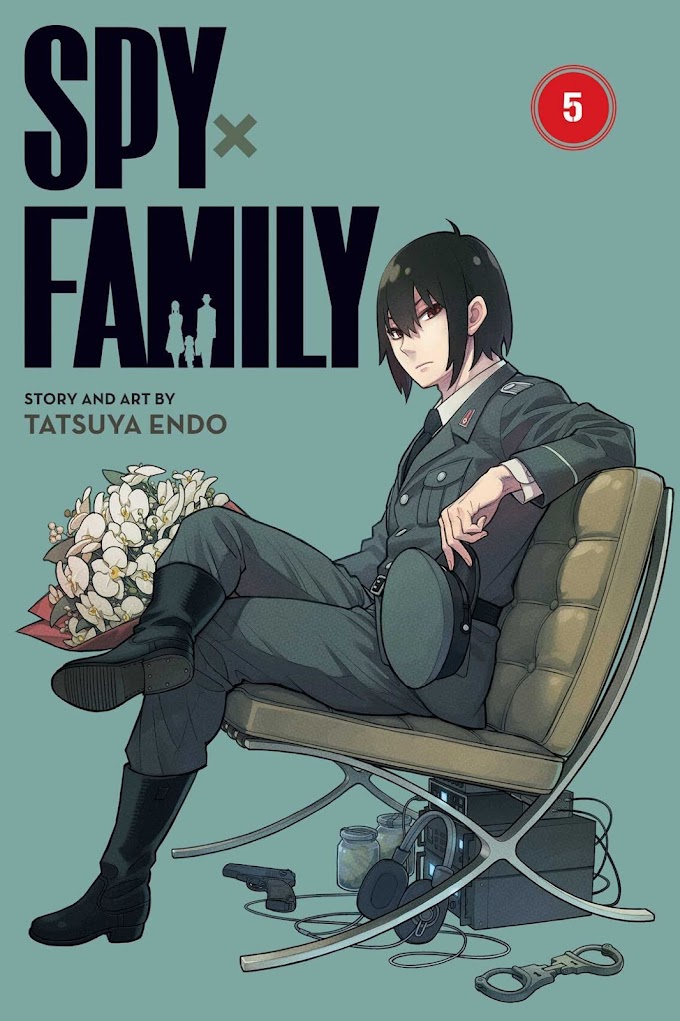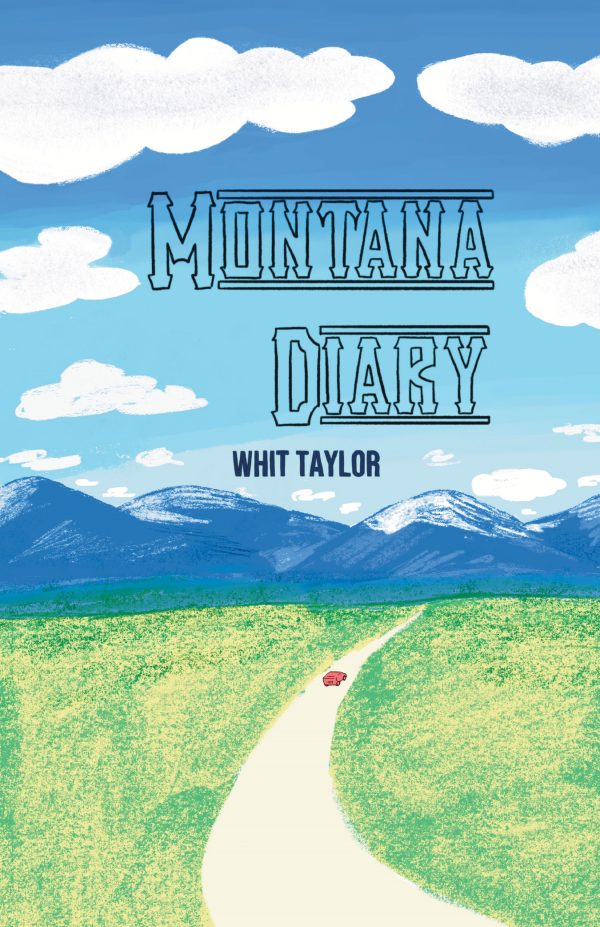Like that best original story from 1979, Stokoe creates a haunted-house-in-space tale as the crew of an unsuspecting Weyland-Yutani station finds a ship floating in space, its crew in cryogenic sleep. Not straying too far from that template, Stokoe spends this opening chapter of the book focusing on his cast and crew. This ragtag bunch of space jockeys is really just a group of co-workers, with all of the frictions that come from people who don’t necessarily like one another being forced to work together in tight quarters. Unlike them, we know the dangers that await them and that’s part of the fun of this issue.
Playing with that lovely sense of dread that exists in these haunted house stories, Stokoe knows that we know that there’s a big, bad xenomorph behind one of the corners of that mysterious ship even if this crew doesn’t. They go in expecting to find just another space derelict to rescue or salvage, not having a clue about the H.R. Giger nightmare that’s just waiting for them. So when things do start to go wrong aboard that ship, Stokoe gets to play with the same sense of anticipation and horror that Scott did in that first movie where you just know something awful is going to happen even if you don’t know what.
Stokoe’s art, like Giger and Moebius’ original designs, is so much about shape and form. Borrowing from that 1979 aesthetic (which then was ahead of its time so maybe we’re just catching up with it,) Stokoe technology is thrown together, piecemealed bit by bit. There are no slick, smooth surfaces, just endless arrays of panels, cables, consoles and portals that help establish just what kind of future this is. It’s clearly functional and practical, not ideal or utopian. And while that’s the baseline established long ago in the movies, Stokoe recreates that practicality and establishes the workman-like attitude of this crew. That level of detail adds a different type of “color” to the story, creating a rugged atmospheric space that’s almost totally reliant on this thrown-together technology.
Playing with that lovely sense of dread that exists in these haunted house stories, Stokoe knows that we know that there’s a big, bad xenomorph behind one of the corners of that mysterious ship even if this crew doesn’t. They go in expecting to find just another space derelict to rescue or salvage, not having a clue about the H.R. Giger nightmare that’s just waiting for them. So when things do start to go wrong aboard that ship, Stokoe gets to play with the same sense of anticipation and horror that Scott did in that first movie where you just know something awful is going to happen even if you don’t know what.
Stokoe’s art, like Giger and Moebius’ original designs, is so much about shape and form. Borrowing from that 1979 aesthetic (which then was ahead of its time so maybe we’re just catching up with it,) Stokoe technology is thrown together, piecemealed bit by bit. There are no slick, smooth surfaces, just endless arrays of panels, cables, consoles and portals that help establish just what kind of future this is. It’s clearly functional and practical, not ideal or utopian. And while that’s the baseline established long ago in the movies, Stokoe recreates that practicality and establishes the workman-like attitude of this crew. That level of detail adds a different type of “color” to the story, creating a rugged atmospheric space that’s almost totally reliant on this thrown-together technology.
When it comes to actual color, Stokoe uses oranges and purples like no one else. Nearly every panel has an orange or purple hue to it, or even a blending of both, creating this wonderful blending of the absolute cold or blazing heat that depicts the emotions or reactions of these characters more than any actual air temperature. This use of the atmosphere as a reflection of the characters is another aspect of that impending dread of the issue. Since Stokoe plays with cold and heat in almost every panel, there’s this constant fight-or-flight struggle that pervades nearly every page of this comic.
For the first issue, Stokoe stays within the established boundaries of what an Alien story should be. But within those boundaries, he finds space (no pun intended) to tell a James Stokoe story, with Stokoe monsters, colors and characters. There are echoes of his Godzilla, his Wonton Soup, and his Orc Stain in this comic book. Through his own style, Stokoe writes and draws a comic that recalls the original 1979 movie without ever feeling like it’s simply mimicking or just homaging that first movie. Aliens: Dead Orbit #1 is the comic that has finally caught up with the the ahead-of-its-time visions of Ridley Scott and his creative partners.
For the first issue, Stokoe stays within the established boundaries of what an Alien story should be. But within those boundaries, he finds space (no pun intended) to tell a James Stokoe story, with Stokoe monsters, colors and characters. There are echoes of his Godzilla, his Wonton Soup, and his Orc Stain in this comic book. Through his own style, Stokoe writes and draws a comic that recalls the original 1979 movie without ever feeling like it’s simply mimicking or just homaging that first movie. Aliens: Dead Orbit #1 is the comic that has finally caught up with the the ahead-of-its-time visions of Ridley Scott and his creative partners.







![Sweat and Soap [Ase to Sekken] by Kintetsu Yamada](https://blogger.googleusercontent.com/img/b/R29vZ2xl/AVvXsEgMnQltxjWqGS1_duhCp9Er1a0NbALuSFrqvjaV4_PjN_w67xCGghYt-l0qKyqTH7Ei7gbq_mxVq8aPAuOiyaArwAMLJWhpGmOYaARUBnwvjmv2-ZIe20m_zR5CvKnPdI6US_AuOnmi3gSX/w680/57525895-BA7E-4EF8-9FE4-89F9C164E1A4.jpeg)



